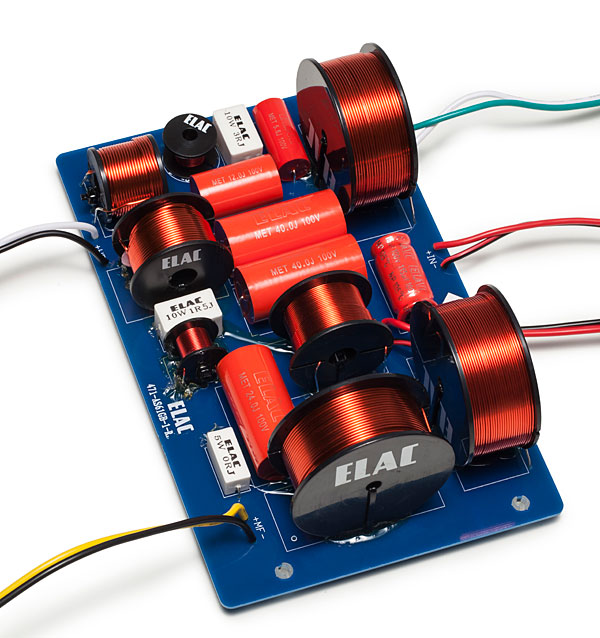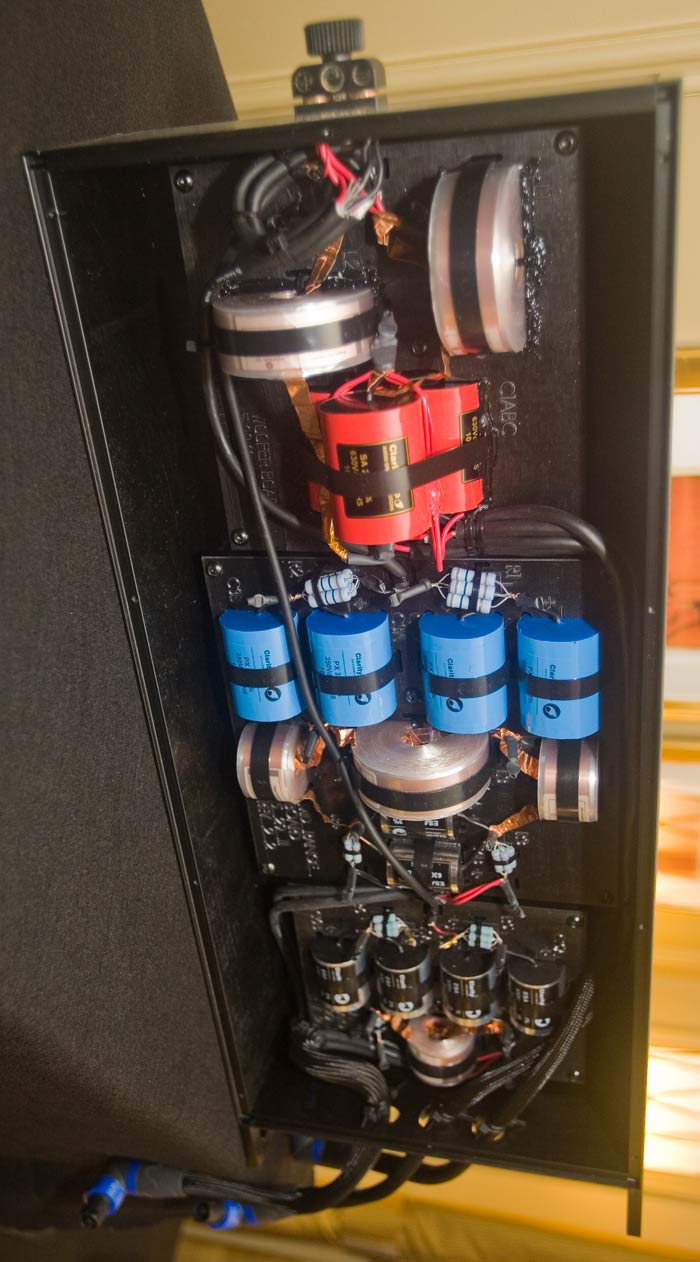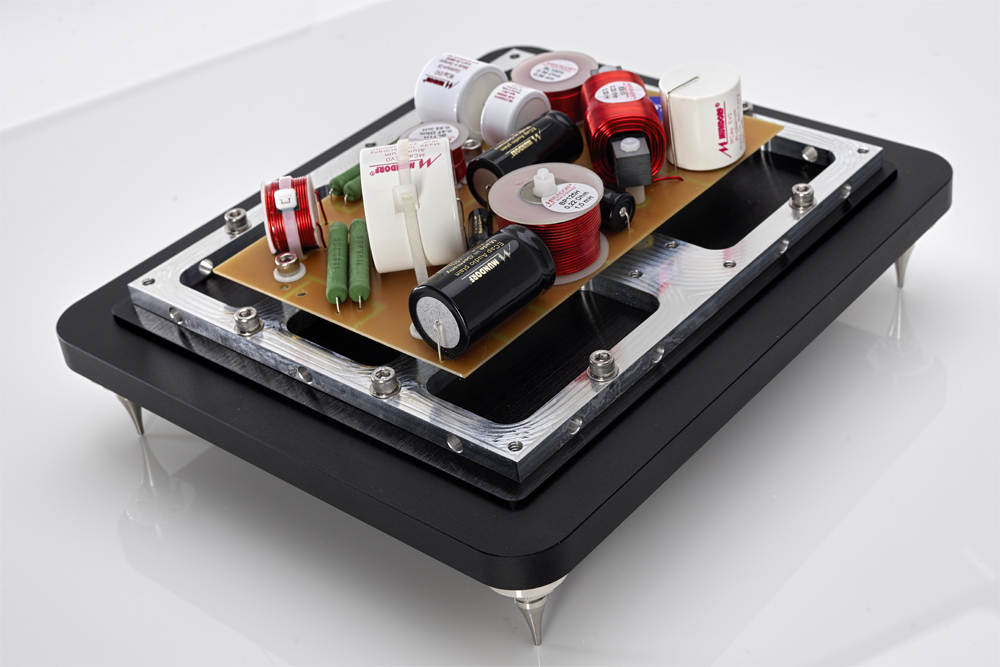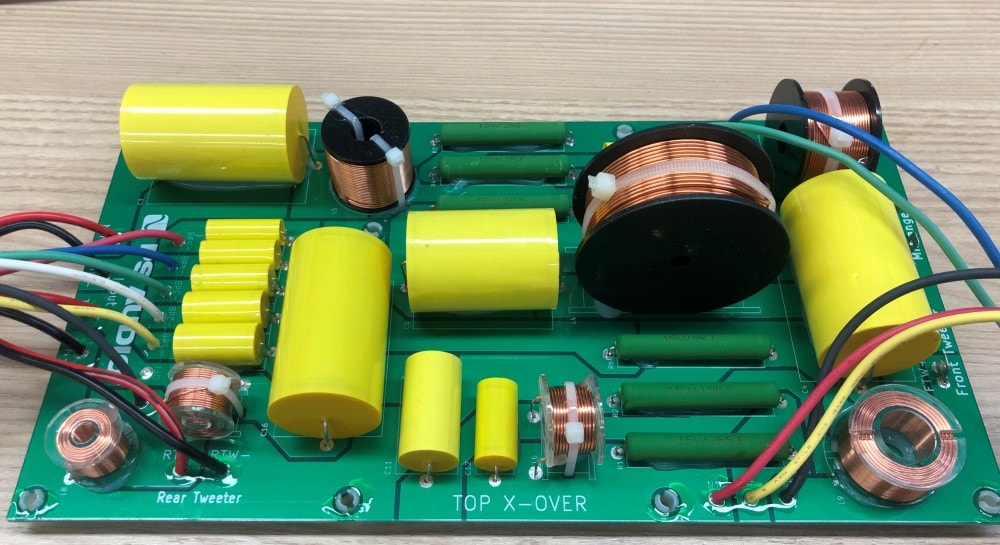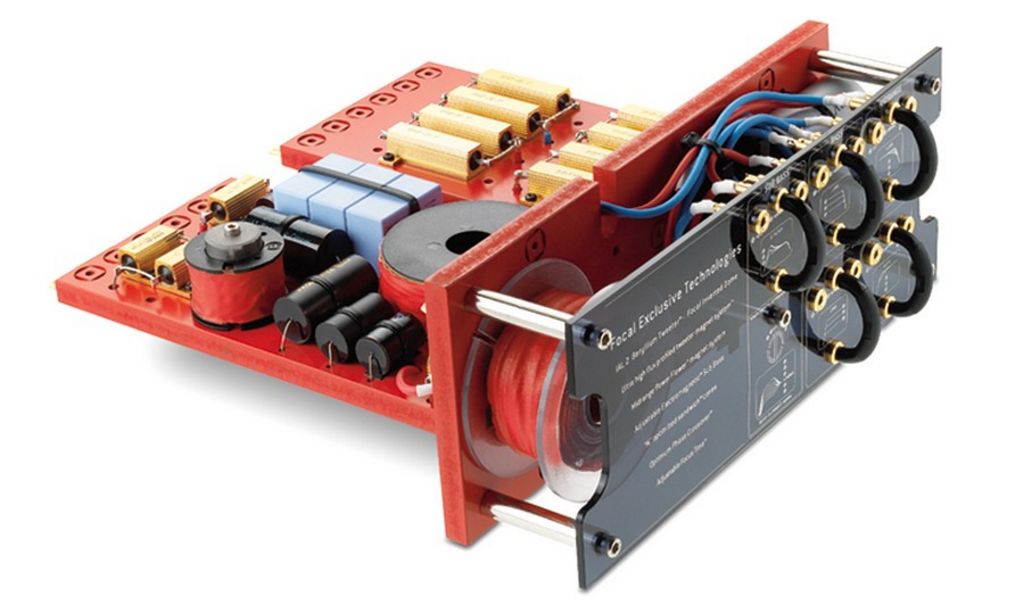@thespeakerdude So best practices in hi fidelity sound systems should be adaptive in a more complete way.
- Each driver has its own signal processing and power amplifier. This isolates each driver from the drive signals handled by the other drivers, reducing inter-modulation distortion and overdriving problems.
Assuming the latency in the processing is the same in each circuit it would be foolish to not be able to adaptively based on signal parameters to optimize the handshake between the amp and the driver variably. I could see how that circuit could really cause problems if Genelecs were integrated into any other speaker systems, variable latency would be impossible to keep phase in the entire system.
I think "the ones" are variable because each amp has its own DSP why do that if the crossovers are ridged? You could be right because there are many studios that are upgrading to "the ones" along with older speakers so if there is onboard variable crossovers seems like there would be a warning in the manual, which there isn’t . I temporarily set up my speakers analog because I didn’t know how good the D to A converters were but since there is already A to D converters within each amp 3 it is foolish to give these speakers an analog signal. I use the MTRX processor on protools so the signal would stay totally digital all the way through the system with only one change at the speakers.
This brings up another problem I often fight with and that is with so many onboard digital plugins such as EQ, comps. bass processors, reverbs, and spacial effects how can the signal stay pure so the final D to A conversion even has a chance to keep the signal coherent? I suppose it would be easy to record 3 sign waves in the middle of each driver frequency range, process them with lots of digital plugins and see if a good sign wave comes out the other end, I have a feeling it won’t, should be fun.


